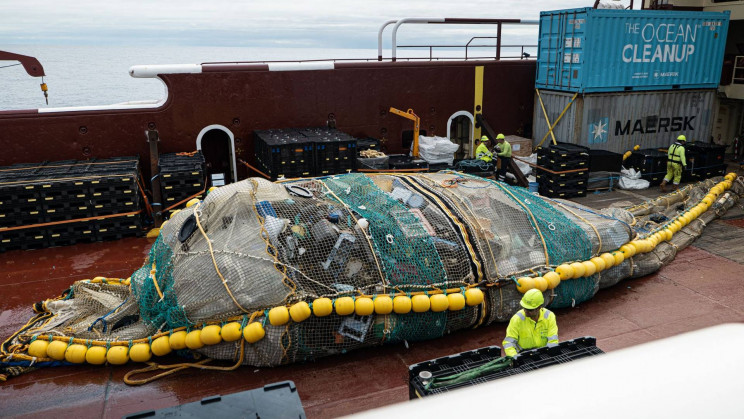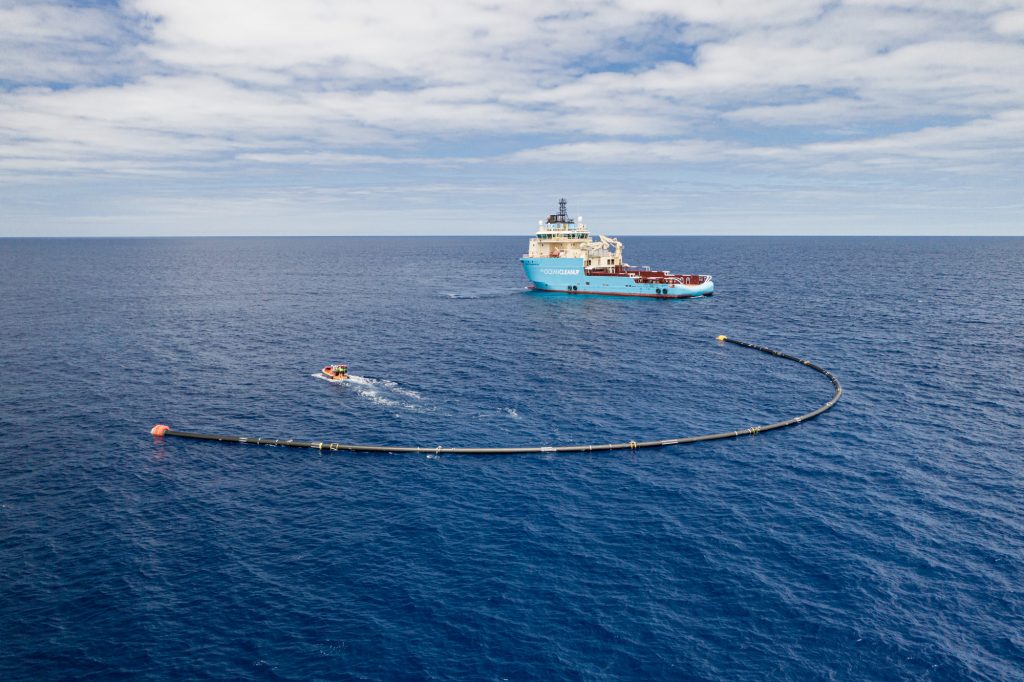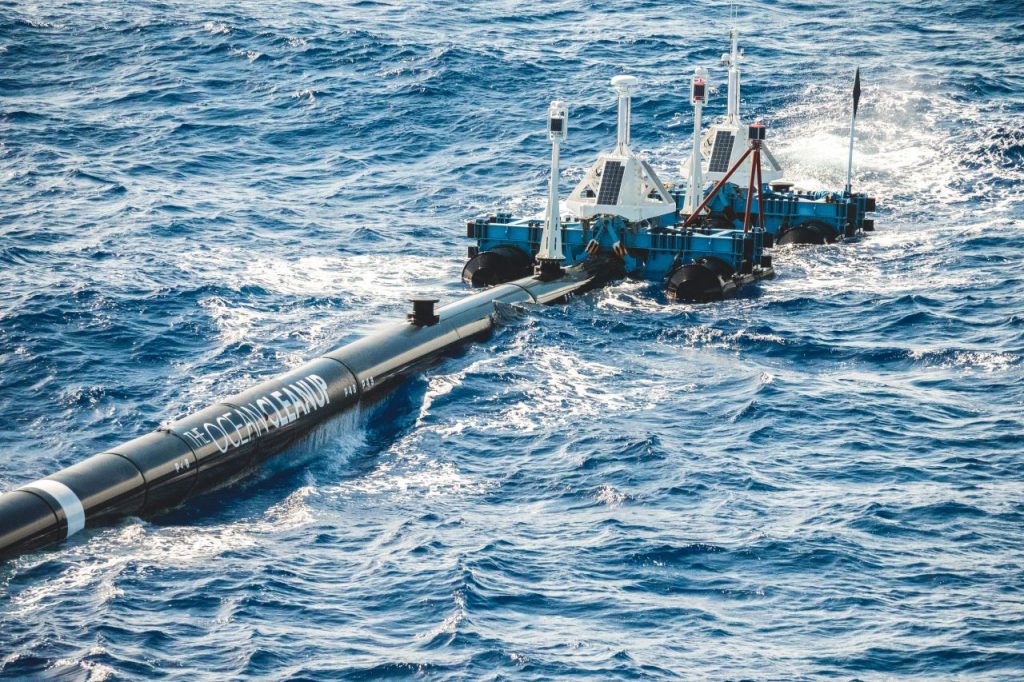A Dutch non-profit organization launched The Ocean Cleanup, the world’s first ocean recovery system, this year. At the time, the technology was known as System 001, and it was on its way to the Great Pacific garbage patch, a large gathering of debris in the ocean that is often referred to as a garbage island.
Twice as big as Texas, garbage island is considered the world’s largest zone of ocean plastics, with up to 1.8 trillion pieces of waste.

The Great Pacific Garbage Patch began testing Technology 002, the most recent iteration of its ocean cleanup system, at the end of July 2021. It is the first large-scale cleanup system, and its goal is to demonstrate the technology. Once confirmed, it can serve as a blueprint for future expansion. Recently, System 002, aka ‘Jenny’, has accumulated a new load of junk.
The Ocean Cleanup announced on LinkedIn that System 002 had cleared its final test, and it is getting ready for another significant capture. Now the Great Pacific Garbage Patch can be cleaned up. The staff has begun sorting through the catch, and there is a great deal of data to be analyzed.

“Stay tuned!” the LinkedIn post said.
Boyan Slat, a university dropout, developed the Ocean Cleanup, which has a new groundbreaking method for cleansing the oceans of hard floating plastic.

Both System 001 and System 002 employ enormous floating tubes of resilient plastic that float in a u-shape on the ocean’s surface, catching plastic waste as it passes by. After then, the garbage is collected with the intention of recycling it. A robust nylon screen applied beneath the surface can catch the plastic below without trapping or injuring marine life. It’s a cutting-edge technology that could soon cleanse our oceans of what was long thought to be an intractable problem.


